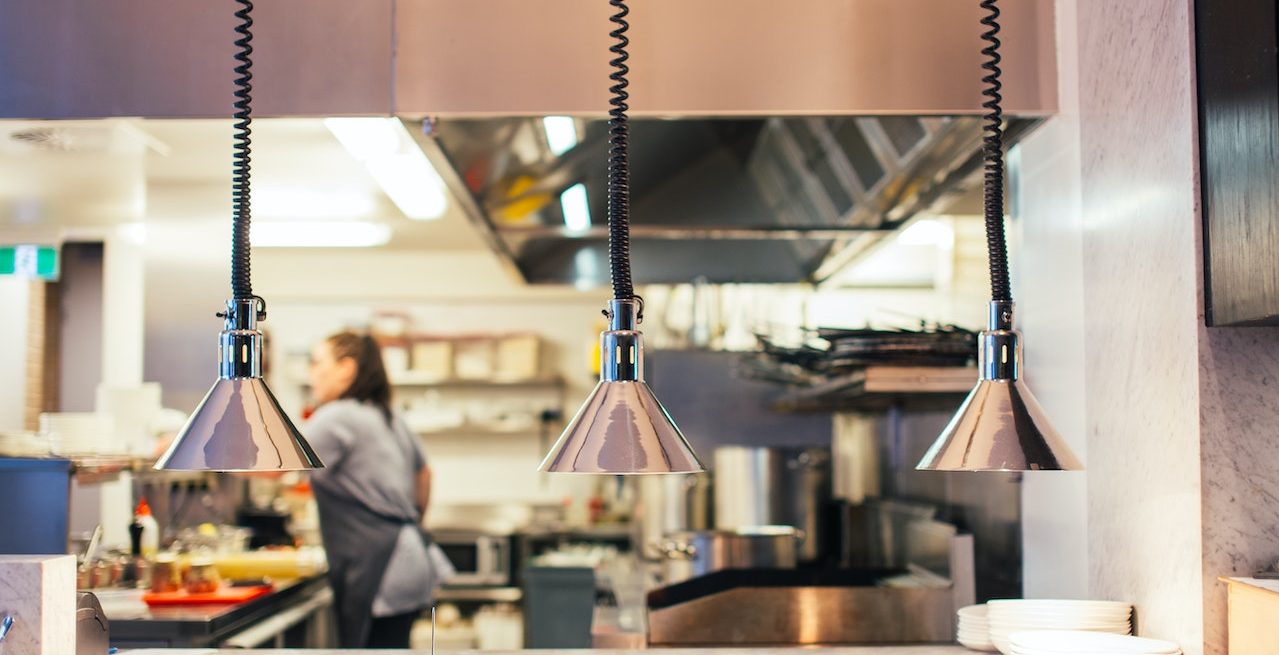Unlocking the Benefits of Commercial Refrigeration and Walk-In Coolers
3 Min Read By Ashley Gleason
In the world of food service and hospitality, proper refrigeration is crucial for maintaining the quality and safety of perishable goods. From restaurants and grocery stores to hotels and hospitals, commercial refrigeration plays a vital role in preserving the freshness of food and beverages. One essential component of commercial refrigeration systems is the walk-in cooler. Let's explore the functions and installation of commercial walk-in coolers and the benefits they bring to businesses:
Functions of Commercial Walk-In Coolers
1. Temperature Control and Preservation
A primary function of a commercial walk-in cooler is to provide precise temperature control to preserve perishable goods. These coolers are designed to maintain consistently low temperatures, typically ranging from 32°F to 40°F (0°C to 4°C). This range helps prevent the growth of bacteria, ensuring food safety and extending the shelf life of products.
2. Storage Capacity and Organization
Walk-in coolers are available in various sizes to accommodate businesses of different scales. Whether it's a small restaurant or a large grocery store, these coolers offer ample storage space for perishable items. They are equipped with shelves, racks, and compartments, providing a well-organized environment for storing different types of food and beverages.
3. Energy Efficiency
Commercial walk-in coolers are designed with energy efficiency in mind. High-quality insulation materials and advanced cooling systems help minimize energy consumption, reducing operational costs for businesses. Energy-efficient walk-in coolers contribute to sustainable practices and environmental conservation.
4. Easy Access and Inventory Management
The large doors of walk-in coolers allow for easy access to stored items, making it convenient for staff to retrieve what they need. This accessibility boosts efficiency in kitchen operations and enhances inventory management. The ability to see and organize items within the cooler easily helps prevent waste and optimize inventory levels.
Installation Process
Proper installation is crucial to ensure the optimal performance and longevity of commercial walk-in coolers. Here are key steps involved in the installation process:
1. Assessment and Planning
An assessment of the available space and requirements of the business is the first step in the installation process. The size and location of the walk-in cooler should be carefully determined to best suit the layout of the establishment. Specifications, such as the desired temperature range and storage capacity, should be considered during planning.
2. Construction and Assembly
The installation process involves constructing the cooler's walls, floors, and ceilings, followed by assembly of the cooling system and insulation. Skilled technicians will ensure that the cooler is properly sealed and insulated to maintain consistent temperatures and energy efficiency.
3. Electrical and Plumbing Connections
Electrical and plumbing connections are essential components of walk-in cooler installation. These connections enable the proper functioning of the cooling system, lighting, and any additional features such as automatic door openers or temperature monitoring systems. Certified professionals should handle these connections to ensure compliance with safety regulations.
4. Testing and Inspection
Once the installation is complete, rigorous testing and inspections are performed to ensure that the walk-in cooler is operating at its optimal capacity. This includes checking temperature controls, proper insulation, air circulation, and any other necessary components for quality assurance.
Commercial refrigeration, with walk-in coolers as a cornerstone, is an indispensable system for businesses in the food service industry. The functions of walk-in coolers, including temperature control and preservation, storage capacity, energy efficiency, and inventory management, contribute to the seamless operation and success of these businesses.
Proper installation is crucial to ensure the optimal performance of walk-in coolers, and professional technicians should handle the process to ensure compliance and safety. By understanding the functions and installation process of commercial walk-in coolers, businesses can make informed decisions in selecting and utilizing these essential refrigeration systems.


